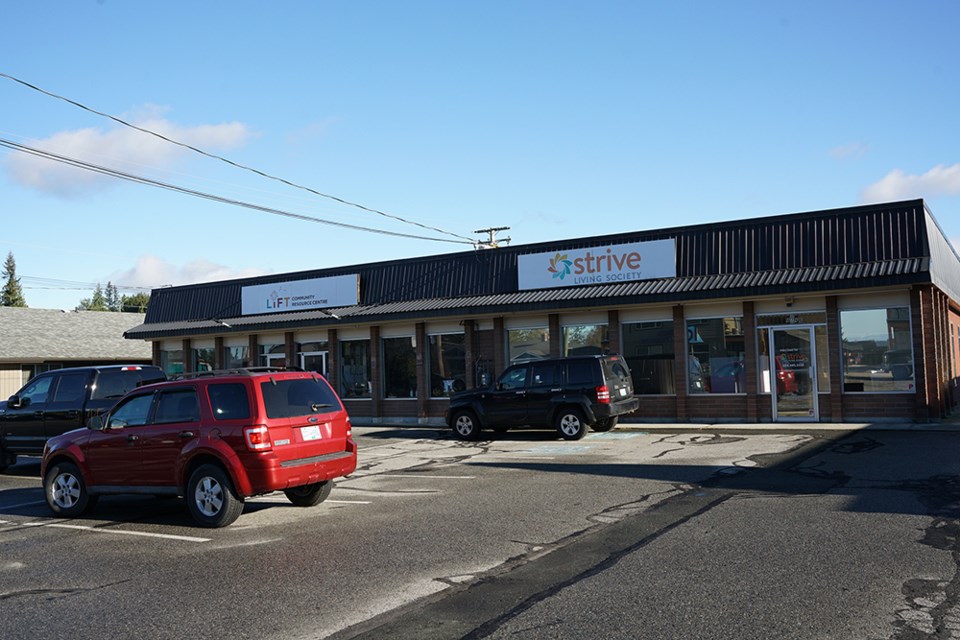Homelessness Services Association of BC (HSABC) has announced the results of the qathet region’s first point-in-time homeless count.
According to a media release from Lift Community Services, the count was conducted by HSABC in partnership with Lift Community Services during the evening of April 16 and day of April 17 this year, with the participation of Tla’amin Nation, Vancouver Coastal Health and several local agencies and volunteers, including people with lived and living experience of homelessness.
For the purpose of the count, HSABC defines homelessness as not having a place to pay rent where someone could expect to stay for at least 30 days, the release stated. Over a 20-hour period, 126 people experiencing homelessness were identified in qathet region, according to the release.
"Homelessness and housing insecurity are growing issues in qathet,” stated Julie Jenkins, housing services manager at Lift Community Services. "This data provides a snapshot of what’s going on in our community, and I hope it will propel us towards action. Collaborative solutions are urgently needed to meet the basic human needs of the people behind the numbers. Each one of them has a name and a story.
“We’re hopeful that the data will assist local agencies, our three local governments and the province to better understand and respond to housing and community service needs in our region.”
HSABC stressed that the numbers only include individuals who were found and answered the survey on the day of the count, the release stated.
“Point-in-time counts tend to undercount individuals experiencing hidden homelessness, particularly youth, seniors, Indigenous and racialized persons, and members of the 2SLGBTQIA+ community,” stated Jenkins. “Like other rural communities, homelessness is largely hidden in qathet. People who are couch-surfing or living in vehicles are the hardest to locate on the day of the count. We know we didn’t capture everyone.”
Jenkins noted that 137 unique individuals have accessed Lift’s emergency shelter in the past year, and the shelter’s 20 beds are full almost every night.
Of the 126 people counted in qathet, 80 per cent of respondents indicated they had been homeless for one year or more. The release stated that 85 per cent of respondents have been in the community for five years or more, with 54 per cent of respondents indicating they have always lived in qathet. Of the totals, nine per cent of respondents were youth, 18 per cent were seniors and 18 per cent identified as Indigenous. The release stated that 41 per cent of respondents indicated that they lost their housing due to not enough income.
The full report from the count includes a detailed breakdown of responses such as age, gender, health concerns and services accessed. It is available in full on the Homelessness Services Association of BC website at hsa-bc.ca/2023_Homeless_Counts.html.
Join the Peak's email list for the top headlines right in your inbox Monday to Friday.




